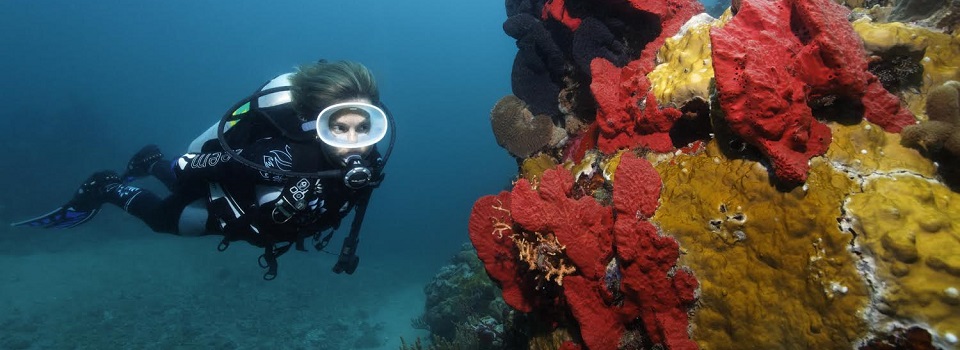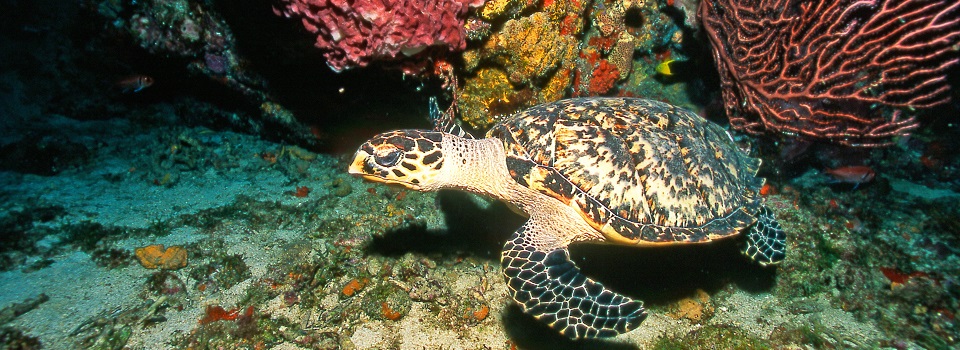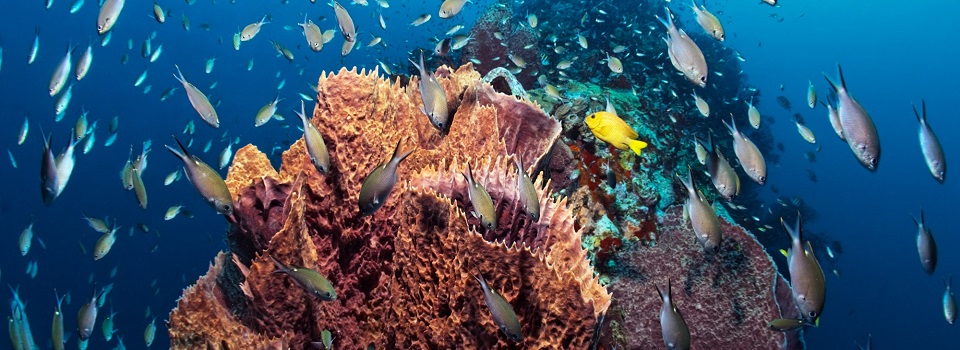The Exhilaration of Night Diving … and you might get to see “The Thing”!
The Thing? Indeed. The Thing is one of St Lucia’s most fascinating organisms and most people – locals or tourists – have never even heard of it. The Thing, known for its magnificent glittering colours, it is up to 15 feet long, has tentacles around its head and is only seen at night. Curious? More about this mysterious creature later.
For veteran divers as well as new comers to the sport, night diving is a thrill that most don’t want to miss. At night, divers find that most of the aspects of venturing under the sea which lure them back time and time again – the calm, colours and interesting sea life – are more enhanced than in the crystal blue waters of the day. And while safety is a more important concern on night dives, local dive operators are very experienced in making the activity as secure as day diving.
Most local night diving is done from the beach in relatively shallow waters that are very familiar. If you don’t bring your own, all necessary equipment, including underwater light systems, is available. You can be assured that local dive operators adhere to the strictest safety standards.
For one thing, given the abundance of nocturnal marine organisms, it is not necessary to venture to the more exotic deeper dive sites. Also, diving at night is less strenuous since it usually involves covering much less reef area since there is a concentration of things to see nearly everywhere.
Perhaps the most important considerations in night diving is being very comfortable with your buoyancy and equipment. This is to avoid accidental contact with the reefs, which will cause damage. Given the restricted light conditions and the thrill of the experience, divers tend to get in too close. Remember, when diving don’t touch, don’t take anything but pictures and don’t leave anything but bubbles.
First time night divers are always surprised at how much more vivid the reef and fish colours are. They are more accurate as well as sunlight dramatically alters the how we see them.
Among the organisms active at night you will see bristle stars, octopus, a variety of lobster and squid, flying gurnards, electric rays and snake eels, most of which are rarely seen during the day. Also, many corals feed at night so they will have their polyps out making their appearance markedly different than during the day. A variety of other organisms will also entertain. Underwater night photography and videography is preferable to many veteran divers so don’t hesitate to take along a camera.
And what The Thing? Night divers in St Lucia have long noticed this colourful creature as it glittered in their dive lights momentarily before it used its amazing quickness to disappear into the safety of a bottom hole or nook in the reef. Because of the quickness, The Thing was rarely photographed. A few years back an experienced nature photographer who was here on assignment for Skin Diver magazine surprised his diving companions by snatching one with his bare hand – an act which had never been done since its dangers were not known. The Thing was taken ashore and examined where its general identification was made as an unknown and harmless species of segmented worm.
A little luck is involved in seeing The Thing on a local night dive. Veterans estimate they see one every third or fourth dive. But those odds aren’t bad so why not give it a chance? Even without sighting The Thing the exhilaration of night diving is sure to provide a most enjoyable experience.




